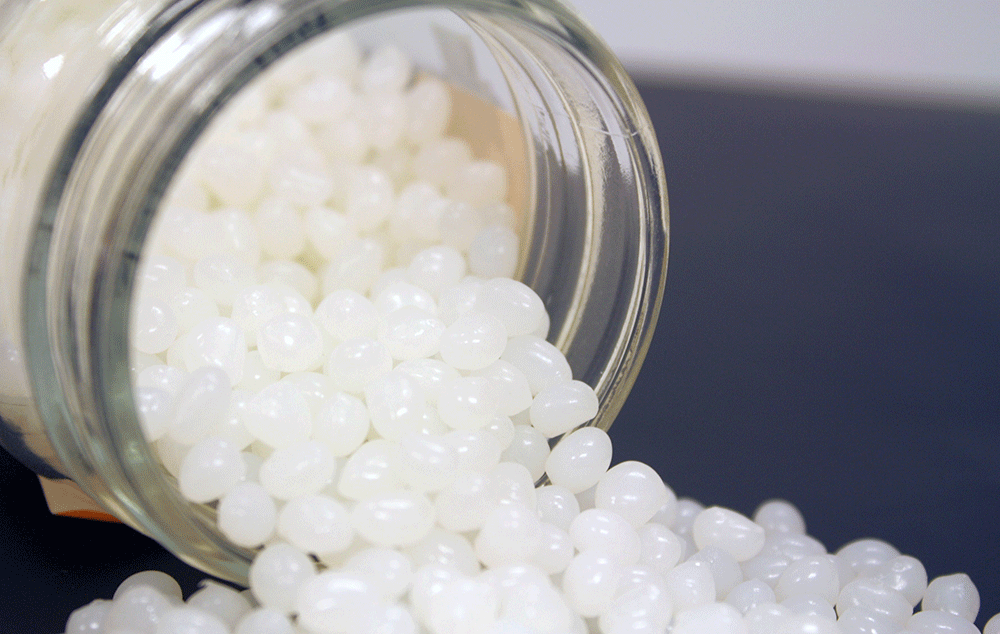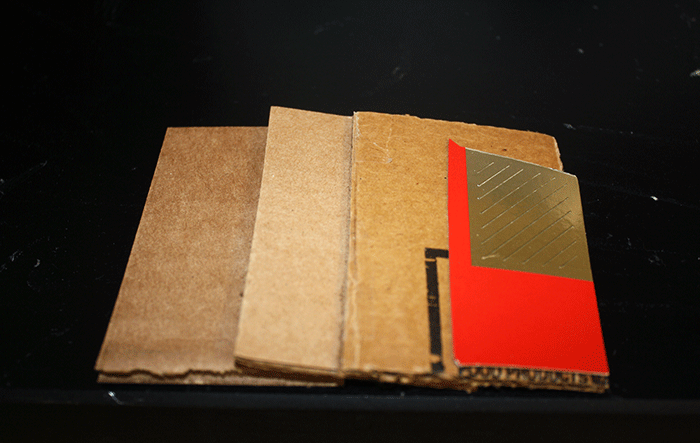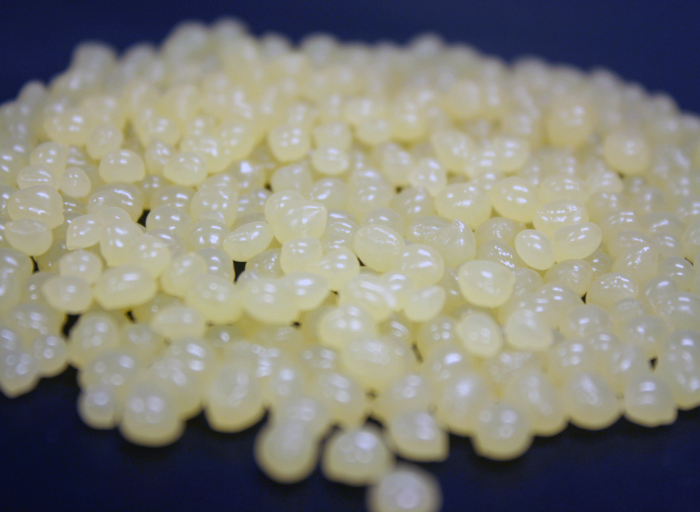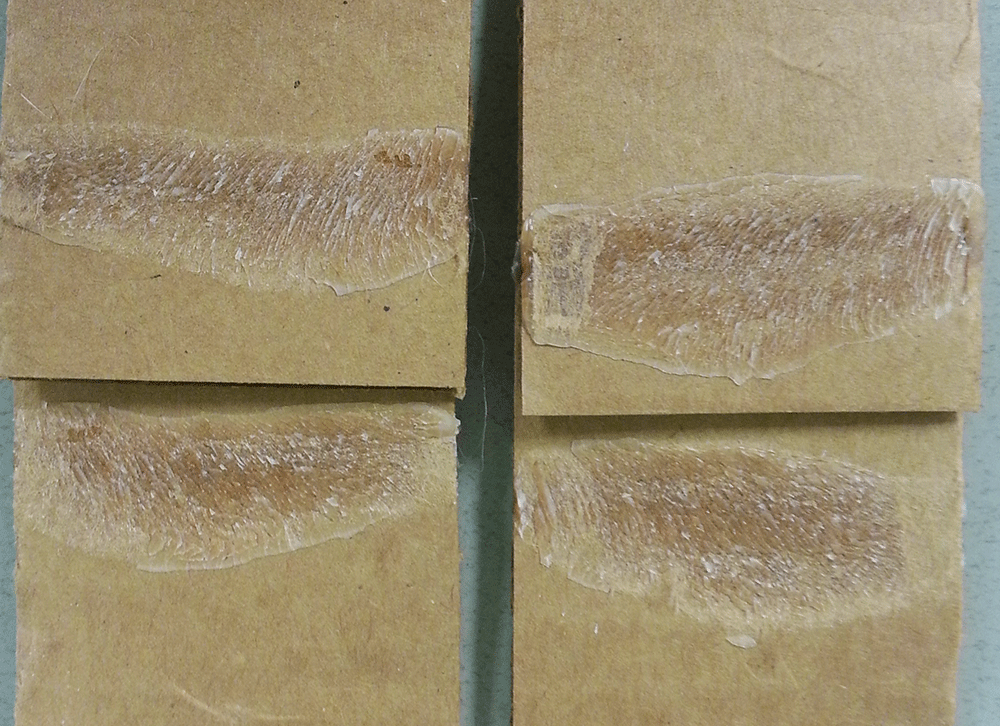Hot Melts 101: Metallocenes
Recently, we began a series of articles called Hot Melts 101, focusing on various types of hot melts. In our first installment, we discussed the advantages of EVA hot melt adhesives. This time, we will focus on metallocenes. A metallocene is a hot melt composed of metal catalyzed polyethylene. This adhesive is designed for case





